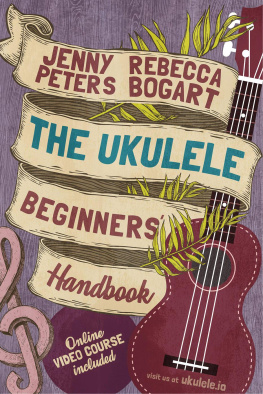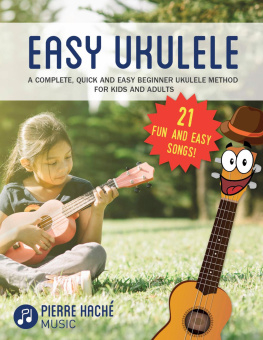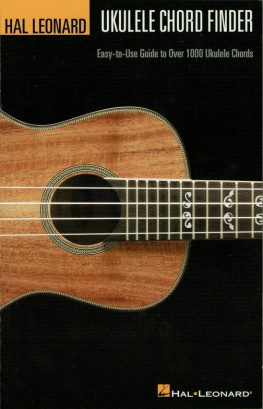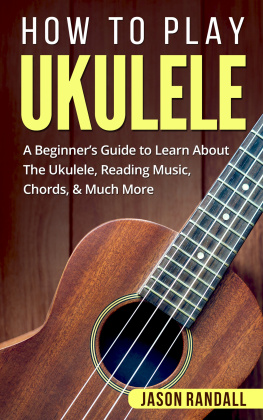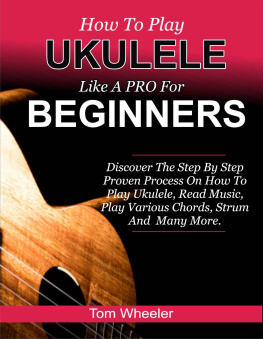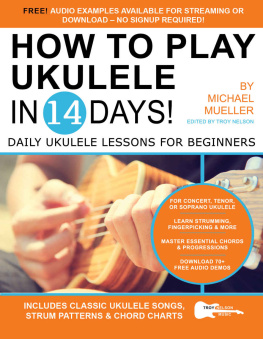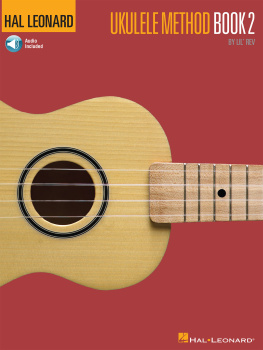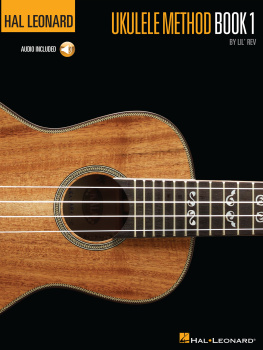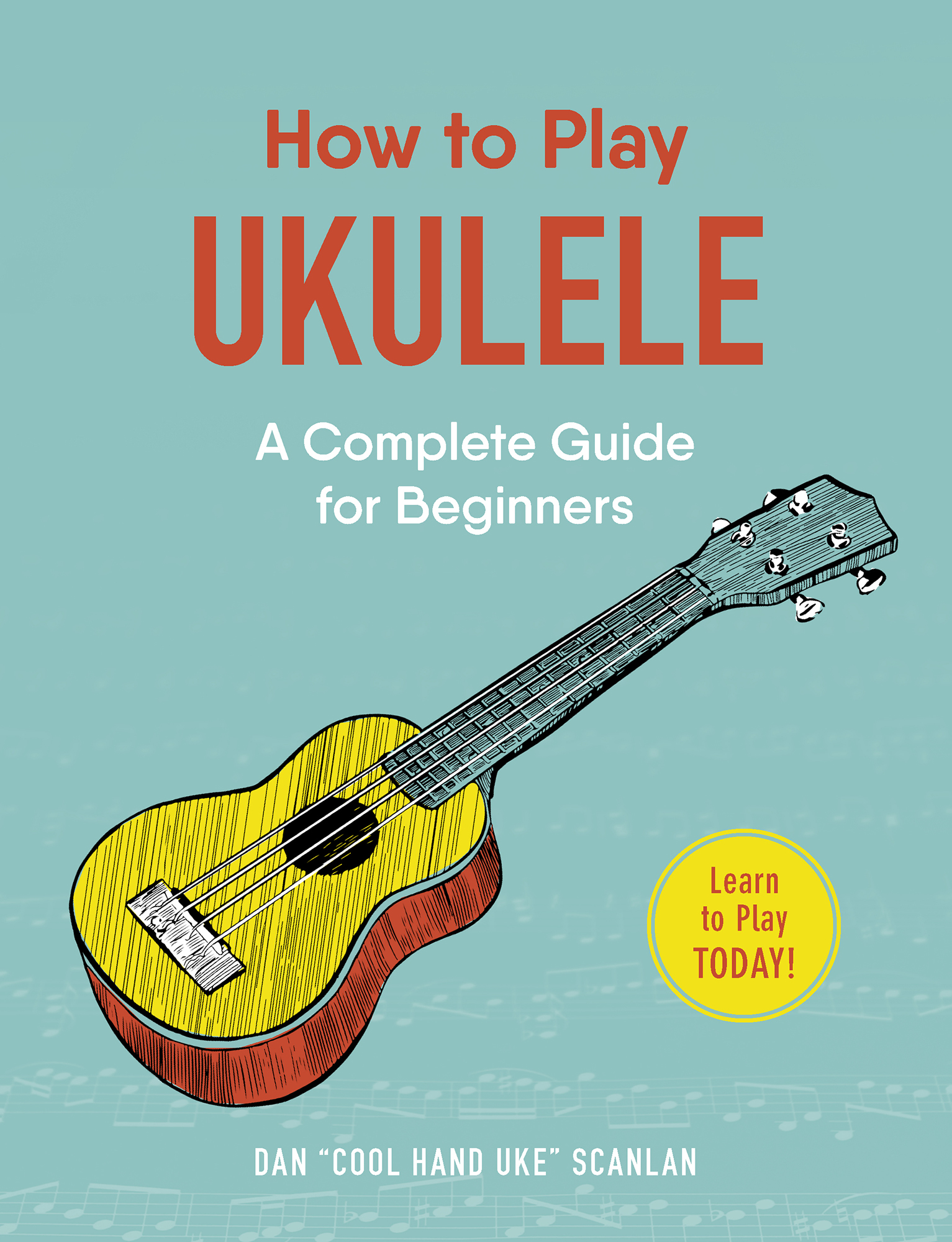CONTENTS
Guide
Thank you for downloading this Simon & Schuster ebook.
Get a FREE ebook when you join our mailing list. Plus, get updates on new releases, deals, recommended reads, and more from Simon & Schuster. Click below to sign up and see terms and conditions.
CLICK HERE TO SIGN UP
Already a subscriber? Provide your email again so we can register this ebook and send you more of what you like to read. You will continue to receive exclusive offers in your inbox.
We hope you enjoyed reading this Simon & Schuster ebook.
Get a FREE ebook when you join our mailing list. Plus, get updates on new releases, deals, recommended reads, and more from Simon & Schuster. Click below to sign up and see terms and conditions.
CLICK HERE TO SIGN UP
Already a subscriber? Provide your email again so we can register this ebook and send you more of what you like to read. You will continue to receive exclusive offers in your inbox.

Adams Media
An Imprint of Simon & Schuster, Inc.
57 Littlefield Street
Avon, Massachusetts 02322
www.SimonandSchuster.com
Copyright 2018 by Simon & Schuster, Inc.
All rights reserved, including the right to reproduce this book or portions thereof in any form whatsoever. For information address Adams Media Subsidiary Rights Department, 1230 Avenue of the Americas, New York, NY 10020.
First Adams Media trade paperback edition June 2018
ADAMS MEDIA and colophon are trademarks of Simon & Schuster.
For information about special discounts for bulk purchases, please contact Simon & Schuster Special Sales at 1-866-506-1949 or .
The Simon & Schuster Speakers Bureau can bring authors to your live event. For more information or to book an event contact the Simon & Schuster Speakers Bureau at 1-866-248-3049 or visit our website at www.simonspeakers.com.
Interior design by Colleen Cunningham
Interior images by Eric Andrews
Cover design by Sylvia McArdle
Cover images Shutterstock /Attem; 123RF/L-Astro
Library of Congress Cataloging-in-Publication Data
Scanlan, Dan, author.
How to play ukulele / Dan Cool Hand Uke Scanlan.
Avon, Massachusetts: Adams Media, 2018.
Series: How to play.
Includes bibliographical references and index.
LCCN 2017059007 | ISBN 9781507207499 (pb) | ISBN 9781507207505 (ebook)
LCSH: Ukulele--Instruction and study.
LCC MT645 .S37 2018 | DDC 787.8/9193--dc23
LC record available at https://lccn.loc.gov/2017059007
ISBN 978-1-5072-0749-9
ISBN 978-1-5072-0750-5 (ebook)
Many of the designations used by manufacturers and sellers to distinguish their products are claimed as trademarks. Where those designations appear in this book and Simon & Schuster, Inc., was aware of a trademark claim, the designations have been printed with initial capital letters.
Dont Do Any Better: Words and music by Patrick J. Sauer. Copyright 1973. Used with permission. All rights reserved.
10,000 Ukuleles: Words and music by R. Bruce Richardson and Dan Scanlan. Copyright 1998. Used with permission. All rights reserved.
Leavin in the Morning: Words and music by Buddy Craig. Copyright 2012 by Emmeline Craig. Used with permission. All rights reserved.
Hymn Song: Words and music by Bruce Duncan Utah Phillips. Copyright 1973. Used with permission. All rights reserved.
Author retains copyright to all other musical pieces appearing in the book, except those that are in the public domain.
This book is dedicated to those who seek peace through music.
CONTENTS
ACKNOWLEDGMENTS
I am deeply indebted to my editors Julia Jacques and Brianne Keith, who marshaled me through the unfamiliar throes of publication. A deep thank-you, too, to Fred Fallin, Chicagos keeper of ukulele lore, and ethnomusicologist Gisa Jaehnichen of Germany, who have given me so many insights into the historical significance of the ukulele. I am deeply appreciative of R. Bruce of Australia, Pat Sauer of Albuquerque, New Mexico, and the late Buddy Craig and his wife, Emmeline, for the use of their wonderful tunes in this project. Thanks to Beverly Marks and Dr. William Dubrow for their talent in committing original songs to sheet music. And a special hug to my wife, Joan Buffington, who supported me in the long days and nights on this project.
INTRODUCTION
Hooray for taking up the ukulele! It will never let you down. People of all ages make great music with it, and they reap huge rewards from this instrument with the sweet, happy voice and glorious past.
Many people are pleasantly surprised to learn that once they pick up the ukulele, they instantly become members of a thriving, worldwide communityfolks who love the ukulele, regardless of skill level or how long they have been playing. This vast community of enthusiastic players cheerily share what they have learned and are eager to find something new to play: a song, perhaps, or strum, or technique. The quest to conquer a strumming or picking pattern, tune, or style never ends. Be ready to learn from others and rejoice when you unexpectedly find yourself teaching another player something you have mastered. (The more often you teach others, the better player you become.) Its all part of being a ukulele player, an instrument with a great history and treasure chest of lore.
Although there have been ukulele groups, clubs, and festivals since the turn of the last century, they have swelled in recent times and popped up all over the world. International ukulele festivals, meet-ups, jams, and ceilidhs (parties with music, dancing, and storytelling) bring people together from many countries in an exhilarating atmosphere.
The ukulele gives voice to every kind of music: rock and roll, folk, Dixieland, country western, blues, classical, bluegrass, sacred, and more. Well take a gander at many of them and try some on for size and fitand, of course, for the fun of it.
After a brief history and handy tour of the instrument itself, this book will give you a bump start so you can begin playing the ukulele right away.
The book follows the three basic elements of music: rhythm, harmony, and melody. Rhythm is that part of music that you dance or tap your toe to. So much of playing the ukulele is in the strums you choose. Well explore a variety of them, and other rhythm techniques, using familiar tunes. You dont want to miss this chapter.
Harmony is two or more notes played together that please the ear. Most often three notes are used in what is called a chord. Chords change during a song and form a kind of architecture or skeleton of the song. Chords enrich our songs with emotion and, sometimes, suspense and resolution. This is a chapter you will want to visit often and consider to be a space where growth never ends. Some chords may seem at first as if you will never be able to play them. But you can. Ill show you how.
Melody is that part of a song you can whistle, hum, or sing. It consists of individual notes that rise and fall and have long or short durations. Its the part of a song we are quickest to recognize. To capture the idea of melody, we will explore a variety of scalesnote sequences. It will be fun.
Doo-dads are things you can goof around with on the ukulele that dont easily fall into any of the previously listed categories. They tend to be fun and can give your playing personality. Good to know.



